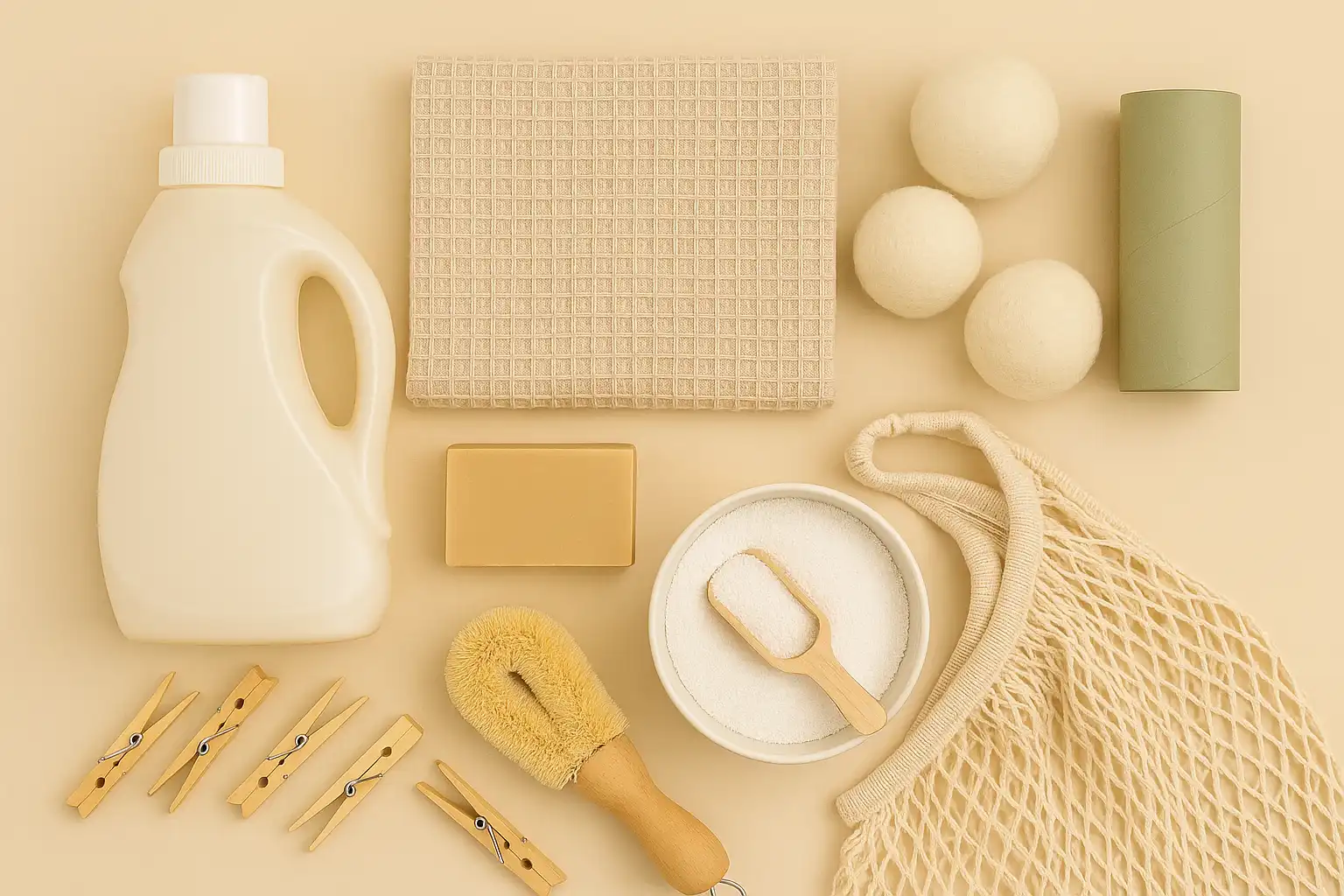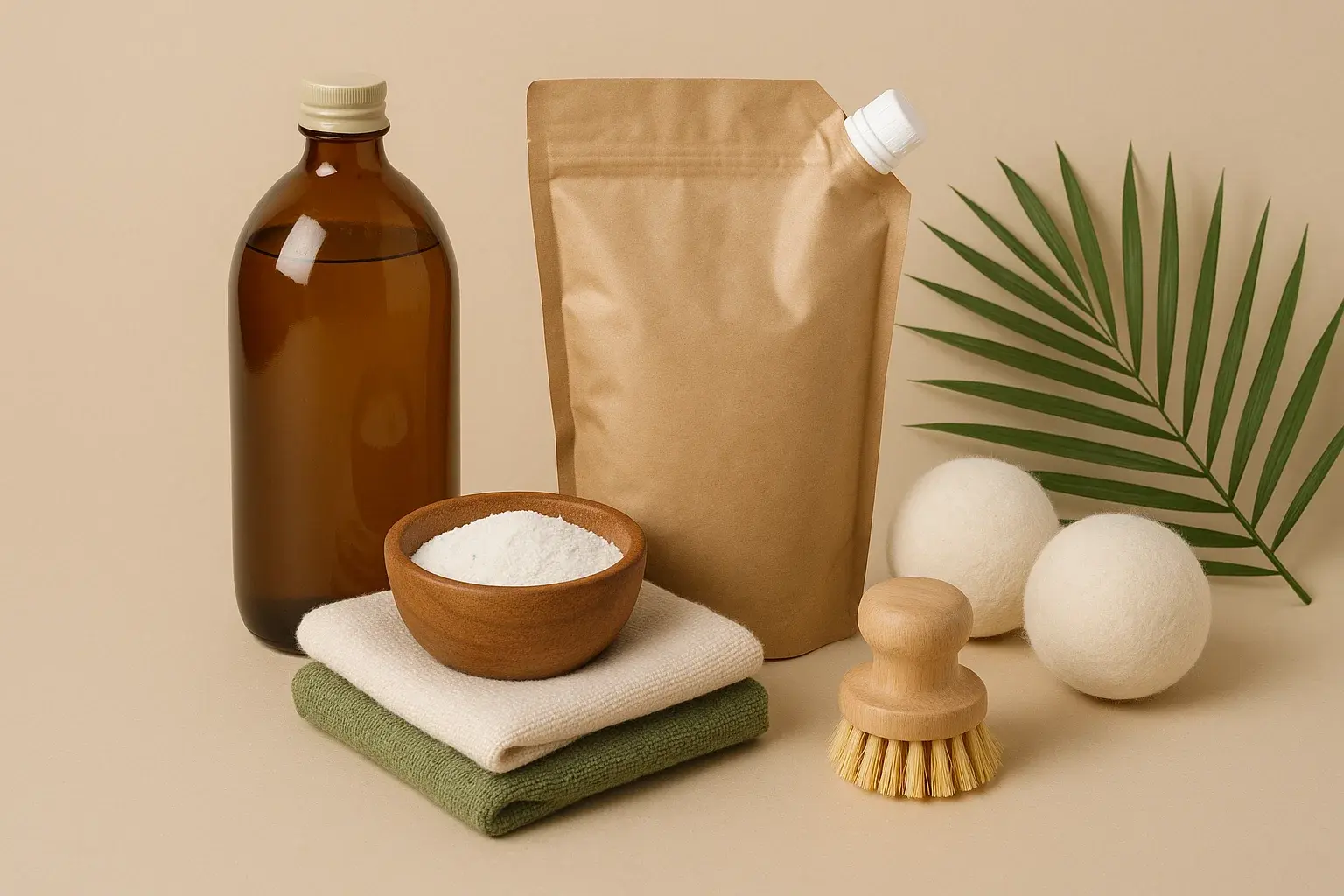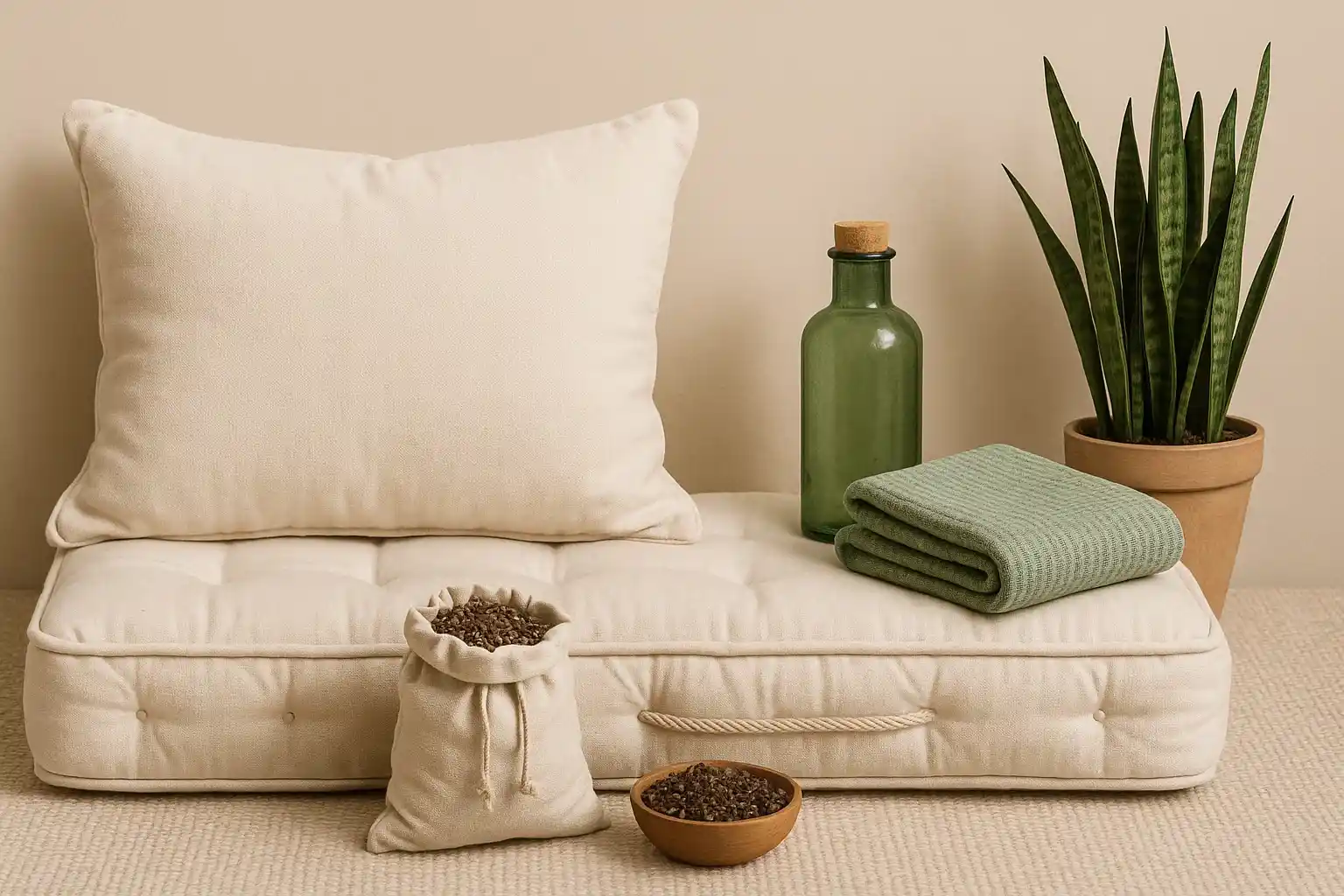Weaving Sustainability into Every Wash: Crafting Your Comprehensive Eco-Friendly Laundry Routine

The rhythmic hum of the washing machine and the gentle tumble of the dryer are familiar sounds in most homes. Yet, beneath this everyday activity lies an opportunity to embrace a more sustainable way of living. An eco-friendly laundry routine isn't a radical overhaul; it's a thoughtful integration of conscious choices that collectively lighten our environmental footprint, conserve precious resources, and even contribute to a healthier home.
This journey towards a greener laundry practice is one of gradual adoption and informed decisions. It's about understanding the impact of our choices, from the detergents we pour to the way we dry our clothes, and consciously opting for more sustainable alternatives. Let's delve deeper into the practicalities of establishing a truly comprehensive eco-friendly laundry routine.
The Cornerstones: Selecting Sustainable Laundry Essentials
The products we introduce into our wash cycles have a direct effect on the environment. Making informed choices here is paramount:
- The Essence of Green Detergents: The market for eco-friendly detergents has expanded significantly, offering effective cleaning power without the burden of harsh chemicals. When selecting a detergent, scrutinize the ingredient list. Look for plant-derived surfactants, natural enzymes, and formulations that are biodegradable. Avoid detergents containing phosphates (which can lead to eutrophication in waterways), synthetic fragrances (often derived from petrochemicals and potential allergens), artificial dyes (primarily aesthetic with no cleaning benefit), and optical brighteners (which don't clean but rather make clothes appear brighter). Consider the packaging as well. Opt for concentrated formulas that require less packaging, and choose brands that utilize recycled or recyclable materials, or even offer refill options. Powdered detergents often present a more sustainable packaging option compared to their liquid counterparts.
- Rethinking Fabric Softeners: Conventional fabric softeners often employ quaternary ammonium compounds and other chemicals that coat fabric fibers, reducing their absorbency and potentially releasing harmful substances into the aquatic environment. For a natural softening effect, explore alternatives. A half cup of distilled white vinegar added during the rinse cycle can work wonders, and its scent dissipates entirely as the clothes dry. Reusable wool dryer balls not only soften fabrics through gentle friction but also help to reduce static cling and decrease drying time, thereby saving energy.
- Moving Beyond Single-Use Dryer Sheets: Traditional dryer sheets often contain chemicals that transfer to your clothes through heat and can release volatile organic compounds. A sustainable swap is the use of reusable wool dryer balls. These natural wonders soften clothes, minimize static, and can be used for hundreds of loads. For a subtle, natural fragrance, you can add a few drops of essential oils like lavender or lemon to the wool balls before each drying cycle.
The Art of Washing Wisely: Resource-Conscious Practices
Beyond the products, our washing habits themselves have a significant environmental footprint. Embracing mindful washing practices can make a substantial difference:
- The Efficiency of Full Loads: Running your washing machine only when you have a full load is a fundamental step in conserving both water and energy. If you frequently have smaller loads, consider accumulating laundry until you have enough for a full cycle. Many modern washing machines also offer a "half-load" or "eco" setting that adjusts water usage for smaller washes.
- The Energy Savings of Cooler Temperatures: A significant portion of the energy consumed by a washing machine goes towards heating the water. Unless you are dealing with heavily soiled items or specific stains that require higher temperatures, washing in cold or lukewarm water is often just as effective, thanks to advancements in detergent formulations. This simple shift can lead to considerable energy savings over time.
- Strategic Stain Treatment: Instead of automatically opting for a pre-wash cycle, which uses extra water and energy, address stains directly. Pre-treat stains with a natural stain remover or a paste of baking soda and water before the main wash. This targeted approach can often eliminate the need for an entire pre-wash cycle.
The Drying Deliberation: Sustainable Drying Methods
The clothes dryer is typically one of the most energy-intensive appliances in a household. Adopting greener drying methods can significantly reduce your energy consumption:
- The Beauty of Air Drying: Harnessing the natural power of the sun and air is the most eco-friendly way to dry laundry. Utilize a clothesline outdoors or a drying rack indoors whenever possible. Air drying is also gentler on your clothes, helping to preserve their fibers and extend their lifespan. Sunlight can also act as a natural disinfectant and can help to brighten whites.
- Optimizing Dryer Usage: When using a dryer is unavoidable, ensure it operates efficiently. Avoid overloading the machine, as this hinders airflow and increases drying time. Clean the lint trap before each use; a clogged lint trap reduces efficiency and poses a fire hazard. As mentioned earlier, using wool dryer balls can also help to reduce drying time by improving air circulation and absorbing moisture.
Beyond the Wash and Dry: Cultivating a Sustainable Laundry Ethos
A truly eco-friendly laundry routine extends beyond just the washing and drying processes. It encompasses a more holistic approach to how we care for our clothes:
- The Wisdom of Less Washing: Consider whether an item truly needs to be washed after every single wear. Many garments, unless visibly soiled or odorous, can be worn multiple times. This simple habit reduces the frequency of washing, saving water, energy, and wear and tear on your clothes.
- The Gentle Touch of Proper Care: Following the care labels on your clothing is not just about maintaining their appearance; it's also about sustainability. Washing delicate items on gentler cycles and air-drying them when recommended can significantly prolong their lifespan, reducing the need to replace them.
- The Responsibility of Repair and Repurposing: Before discarding damaged clothing, explore the possibility of repair. Learning basic sewing skills or utilizing the services of a local tailor can give garments a new lease on life. When clothes have truly reached the end of their wearable life, consider creative ways to repurpose them, such as turning old t-shirts into cleaning cloths or repurposing fabric scraps for other craft projects.
Embracing a Greener Way to Clean
Establishing a fully eco-friendly laundry routine is a gradual process of learning and adapting. It's about making conscious choices at each stage, from selecting sustainable products to adopting resource-efficient washing and drying practices, and ultimately, extending the life of our clothes. Each thoughtful action, no matter how small it may seem, contributes to a more sustainable way of caring for our garments and our planet. By weaving these eco-conscious practices into the fabric of our daily routines, we move towards a future where even the simplest of chores aligns with our commitment to environmental responsibility.
Related Blogs

5 Home Decor Trends That Nurture Your Space and the Planet
Insights on 5 home decor trends that are also earth-friendly in a sustainable way.

Laying the Foundation for a Greener Home: Your Eco Starter Kit
Insights on building an eco starter kit for your home in a sustainable way.

Step Softly on the Earth: Upgrading Your Home with Natural Floor Rugs
Choose biodegradable and non-toxic jute, organic cotton, or wool rugs over synthetic options.

Clean Laundry, Clear Conscience: Sustainable Swaps for Conventional Detergents
Switch to soap nuts, eco-enzyme cleaners, or plant-based detergents for toxin-free laundry.

Breathing Easier, Living Greener: The World of Eco Paints and Finishes for a Healthier Home
Insights on eco paints and finishes for a healthier home in a sustainable way.

Dreaming of a Greener Sleep: Choosing Natural Mattress Toppers for a Healthier Bed
Upgrade your sleep with non-toxic, breathable, and biodegradable latex, organic cotton, or wool toppers.
Stay in the Loop
Get tips and insights tailored to your interests — no spam, just sustainability.